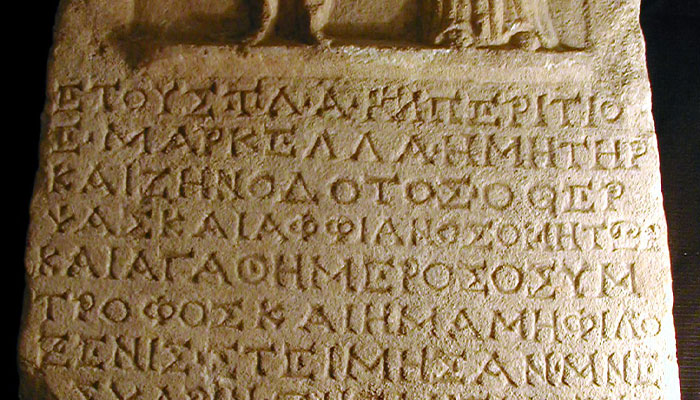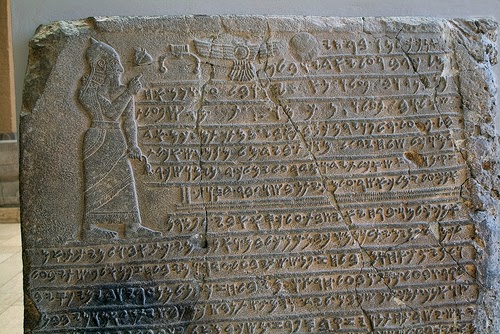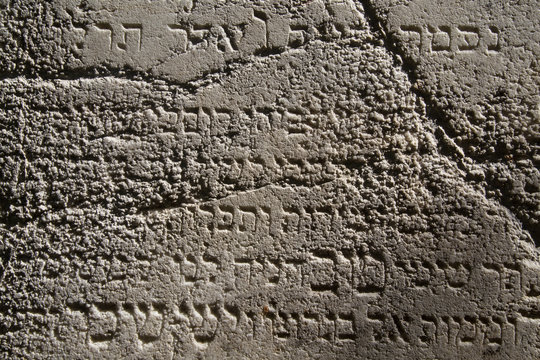Egyptian Hieroglyphs

Origins: Egyptian Hieroglyphs emerged around 3200 BCE in Ancient Egypt.
Characteristics: This writing system used pictorial symbols to represent words and sounds. It comprised of hundreds of different hieroglyphs, including ideograms, phonograms, and determinatives.
Importance: Egyptian Hieroglyphs were primarily used for religious and monumental inscriptions. The Rosetta Stone, discovered in 1799, played a crucial role in deciphering this ancient script.
Ancient Greek Alphabet

Origins: The Ancient Greek Alphabet emerged around the 9th century BCE in Greece.
Characteristics: The Greek alphabet was based on the Phoenician script and consisted of 24 letters. It represented both consonant and vowel sounds, which made it more versatile than previous writing systems.
Importance: The Greek alphabet became the foundation for the Latin, Cyrillic, and many other European writing systems. It played a significant role in the development of Western literature, science, and philosophy.
Aramaic Alphabet

Origins: The Aramaic Alphabet developed around the 10th century BCE in the ancient region of Aram (present-day Syria, Iraq, and Turkey).
Characteristics: Aramaic script was based on the Phoenician alphabet and consisted of 22 letters. It was widely used as a lingua franca in the Near East and became the official script of the Achaemenid Empire.
Importance: Aramaic was a significant language in the ancient Near East and influenced the development of other scripts, including the Hebrew, Arabic, and Nabataean alphabets. It played a crucial role in religious and administrative texts.
Armenian Alphabet

Origins: The Armenian alphabet was created by Saint Mesrop Mashtots, an Armenian linguist and theologian, in the early 5th century CE. It was developed to provide a written form for the Armenian language, which until then had been primarily transmitted orally.
Characteristics: The Armenian alphabet consists of 39 letters, making it one of the largest alphabets in current use. Each letter represents a unique sound. It is an independent script, not derived from any other known writing system.
Importance: The creation of the Armenian alphabet played a crucial role in the preservation and development of Armenian culture, language, and literature. It enabled the translation of religious and secular texts, fostering education and literacy among the Armenian people.
Hebrew Alphabet

Origins: The Hebrew Alphabet emerged around the 9th century BCE among the ancient Hebrews in the region of Canaan (present-day Israel and Palestine).
Characteristics: The Hebrew alphabet evolved from the Phoenician script and consists of 22 letters. It is primarily used for writing the Hebrew language and has both consonant and vowel sounds represented.
Importance: The Hebrew alphabet is of immense religious and cultural significance as it is used for writing the Hebrew Bible (Tanakh) and other Jewish texts. It has also influenced other Semitic scripts.










Leave A Comment